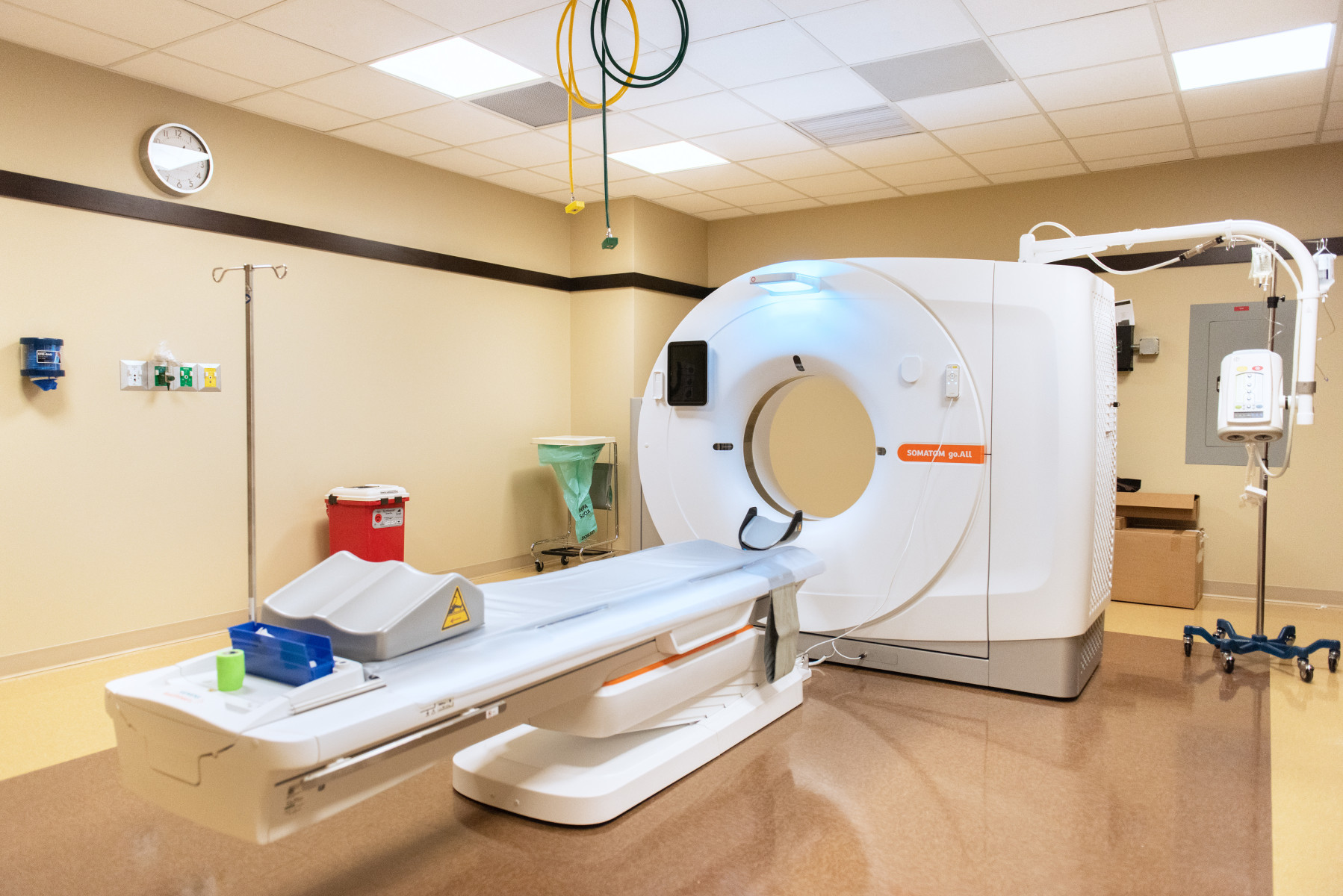
People with an irregular heart rhythm taking a common blood pressure drug may be at greater risk of serious bleeding, according to a study recently published in JAMA.
Atrial fibrillation is the most common type of irregular heart rhythm and can lead to blood clots or stroke if left untreated, according to the American Heart Association.
To prevent further complications from atrial fibrillation, people with the condition are often prescribed anti-clotting medications and medications to control heart rate, said Eli Zimmerman, MD, associate professor in the Ken and Ruth Davee Department of Neurology’s Division of Stroke and Vascular Neurology, and a co-author of the study.
“Genetic differences can impact how different people metabolize medications. This is particularly relevant when multiple medications used for the same condition, like atrial fibrillation, are impacted by these differences in metabolism,” said Zimmerman, who is also associate dean for student affairs. “Our research group has looked at these differences and how they can cause negative effects.”
The study reviewed health records from Medicare beneficiaries aged 65 years or older with atrial fibrillation who started taking the anticoagulant medications apixaban or rivaroxaban in addition to diltiazem or metoprolol, medications which lower heart rate, between 2012 and 2020.
Patients receiving diltiazem were 20 percent more likely to experience bleeding-related hospitalization and death, according to the study. Risks were highest with higher doses of medications. There were no significant differences in rates of stroke, systemic embolism or hemorrhaging, according to the findings.
“These are significant because they show that while there are some benefits to using diltiazem over metoprolol, and vice versa, differences in metabolism may introduce some increased risks of bleeding in those taking diltiazem,” Zimmerman said.
Moving forward, Zimmerman said his research group will continue to investigate what causes different reactions to the same medications and identify ways to potentially monitor drug levels.
“Next steps may include thinking about the need or the practicality of monitoring of drug levels, which is our postulated mechanism of increased risk of bleeding,” Zimmerman said.
The study was supported by grant HL151523 from the National Heart, Lung, and Blood Institute.






